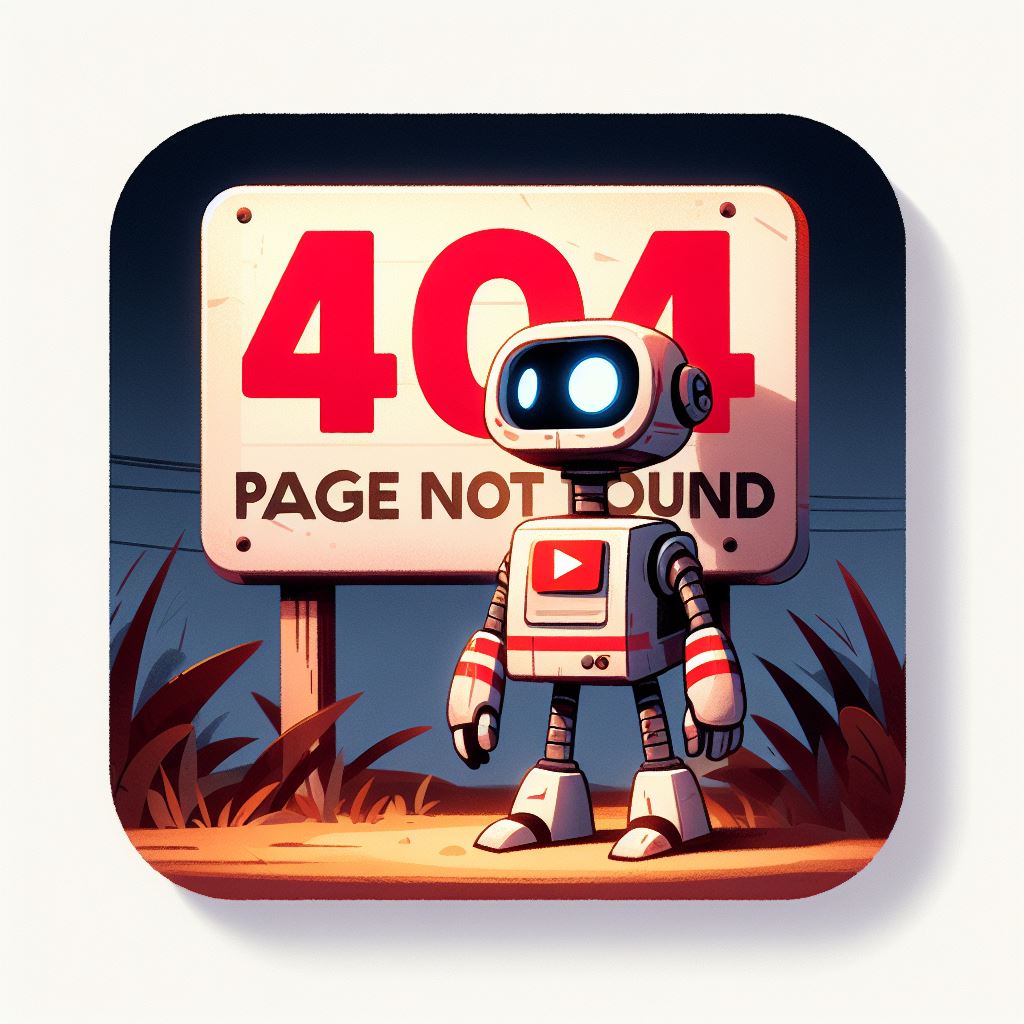A 400 Bad Request Error is an HTTP status code that indicates that the server was unable to understand the request made by the client. This error can occur for a variety of reasons, including invalid syntax, missing or incorrect headers, or incorrect parameters. Here are some steps that website owners can take to fix a 400 Bad Request Error:
- Clear your browser’s cache and cookies: Sometimes, a 400 Bad Request Error can occur due to a problem with your browser’s cache or cookies. Clearing your browser’s cache and cookies can help resolve the issue.
- Check the URL for errors: Make sure that the URL you are trying to access is typed correctly and does not contain any typos or errors.
- Check for invalid characters: Ensure that the URL does not contain any invalid characters such as spaces or special characters.
- Check the request headers: Make sure that the request headers sent to the server are valid and correctly formatted.
- Check the request payload: Make sure that the request payload (if any) sent to the server is valid and correctly formatted.
- Check the server’s firewall or security settings: The 400 Bad Request Error can also occur if there is a problem with the server’s firewall or security settings. Make sure that the firewall is configured correctly and that it is not blocking the user’s request.
- Check the website’s code: A 400 Bad Request Error can also occur if there is a problem with the website’s code. Use a plugin like Debug Bar to check for syntax errors and fix them.
- Contact your hosting provider: If none of the above steps work, it’s possible that the issue is with the server itself. In this case, it’s best to contact your hosting provider and let them know about the issue. They may be able to help you troubleshoot the problem and provide a solution.
It’s important to note that a 400 Bad Request Error can be caused by multiple factors, and it may take some trial and error to identify the root cause and fix the issue. However, by following these steps, website owners can take steps to fix a 400 Bad Request Error and improve the user experience.
a 400 Bad Request Error is an HTTP status code that indicates that the server was unable to understand the request made by the client. By following the steps outlined above, website owners can take steps to fix a 400 Bad Request Error and improve the user experience, by clearing browser’s cache and cookies, checking the URL for errors, checking for invalid characters, checking the request headers and payload, checking the server’s firewall or security settings, checking the website’s code, contacting hosting provider.


You have remarked very interesting points! ps decent site.Blog monry